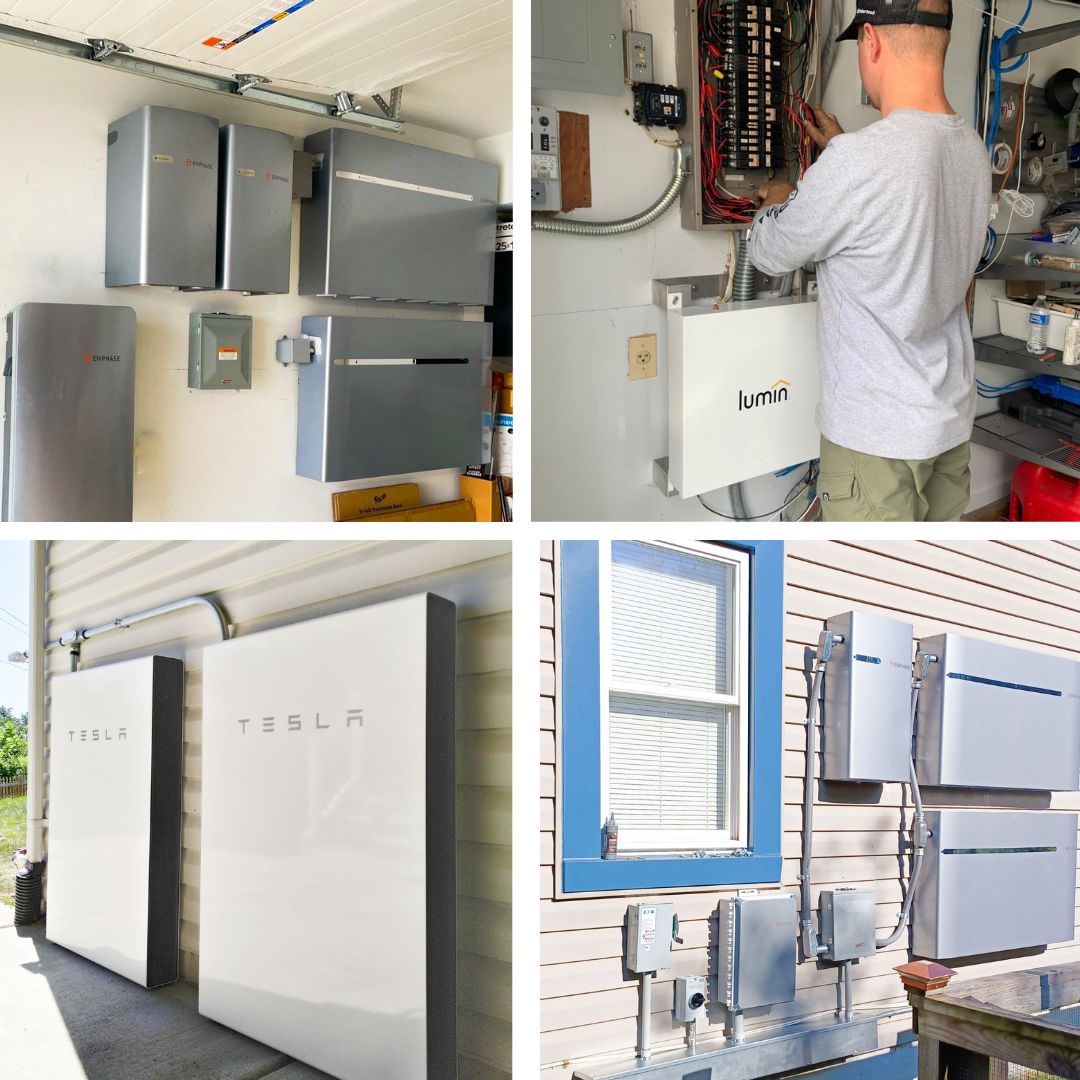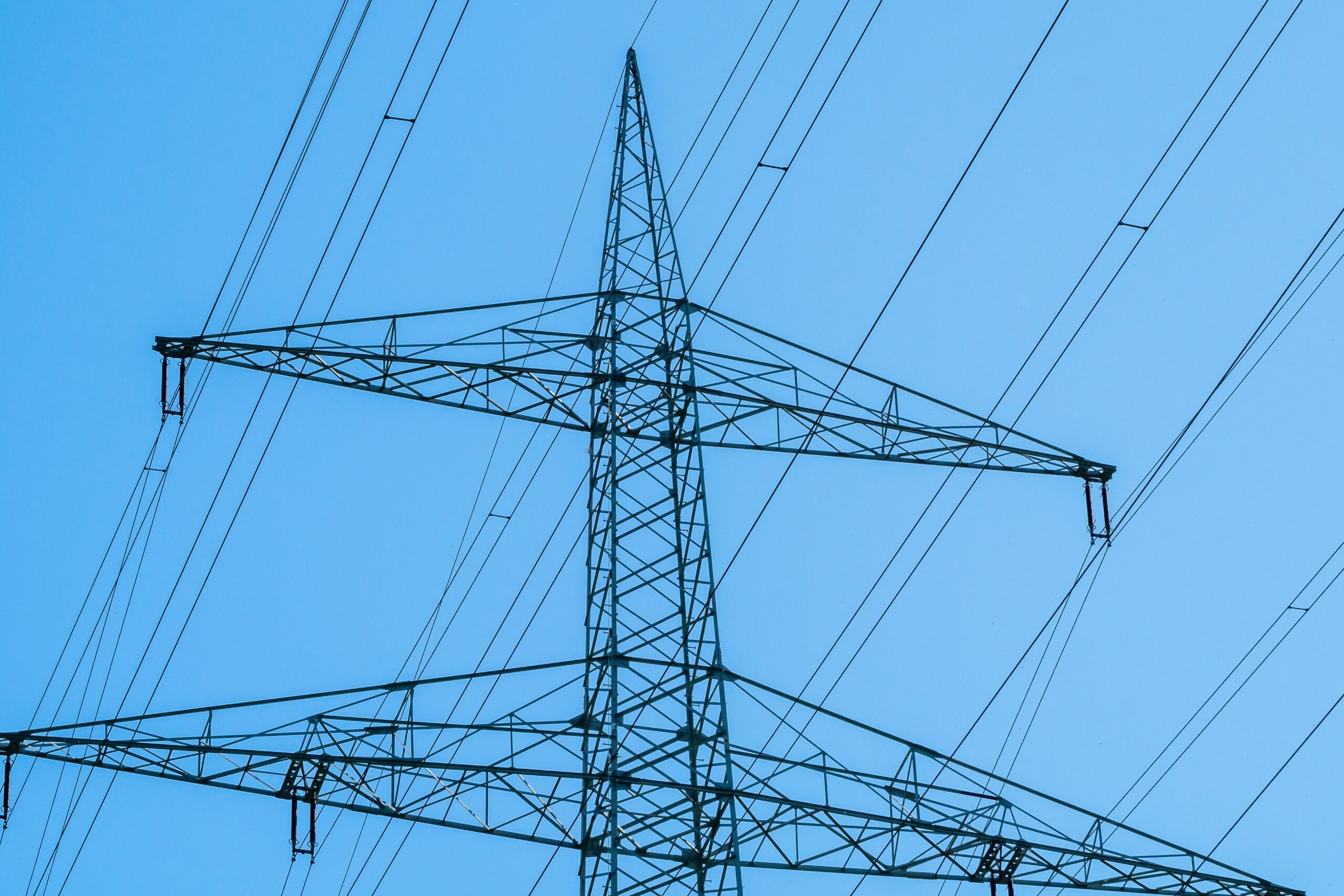Battery backup with solar is on our minds as these beautiful fall colors remind us that winter storms are around the corner. In our area, power outages because of winter storms or tree damage are all too common. With so many people these days working from home, caring for kids or animals, or needing electricity for medical equipment, a power outage can range from massive inconvenience to life threatening. Solar battery backup is a great solution.
Is battery backup different or better than a generator?
Unlike a loud fossil fuel generator, a home battery system is quiet and clean. A battery system does not pollute the air and does not create greenhouse gases like a generator. In addition, if you run your battery on solar power, the energy you generate and use has a fixed, known cost (and after your payback date, that cost is ZERO).
We also think it’s important to note that a battery system gives you energy independence. You’re not relying on a fuel delivery source you can’t control, like a natural gas pipeline or propane delivery truck. In a true natural disaster, being independent from outside energy infrastructure is key. A solar and battery system is contained within your home, gives backup power as needed, and requires only sunlight to regenerate indefinitely.
So what exactly is a home battery system?
You can think of a home battery like the little battery pack that you may use to recharge your phone when you’re on the go, except it’s much bigger and it hangs permanently on the wall of your home. If you drive an electric car, the makeup of the battery in your car is very similar to a home battery.

Like a fossil fueled generator, a home battery system provides power when your home’s connection to your utility power is cut off. These power outages are usually caused by damaged transformers or downed wires, which can take hours or sometimes days for the utility company to repair. A home battery can provide power for extended periods of time as long as it is properly set up to meet your specifications. This requires good communication with your installer.
It takes a specially trained, skilled electrician to install and integrate a battery system into your home’s electrical wiring so that it can turn on seamlessly and safely when the power from the utility is interrupted. Make sure any installer who sells you a battery system has dedicated electricians who are certified for the type of battery they are installing for you.
What does a home battery look like and where in my home does it go?
Here at Ipsun we are certified to install Tesla Powerwall and Enphase IQ batteries. We typically like to install all batteries outside of your home, or in the garage. This makes access easy, and because they are bulky it saves your living space.

All batteries must ideally be installed within 30 feet of your main service panel — this is the box with your electrical circuit breakers inside. Between the main service panel and your battery, a gateway box is installed. This is the brains of your battery system. It knows when the power is no longer flowing from the outside utility wires to your home and will tell your battery to switch on.
Additionally, a Lumin panel will be installed to control the flow of power from your battery to individual breakers. This ensures that your battery power isn’t drained by electrical loads that you don’t need or aren’t actively using.
What is an electrical load and why is it important?
In case it’s an unfamiliar term, an electrical load refers to the amount of power needed for any individual electrical appliance to function. To us, an appliance is any item in the home that uses electricity. Some of these will be directly wired like AC, an electric clothes dryer, or an electric range; and some will be plugged in to a wall outlet, like a toaster oven. Some appliances require more electricity than others, and some are downright electricity hogs — with air conditioning at the top of the hog pile.
When you are considering electrical loads in your home, you can assume anything that produces significant heat or creates cooling will have a bigger load than things like lights, coffee makers, or cell phone chargers. Hairdryers, for example, draw much more electricity than you’d think. For an in-depth look at how to calculate your home’s electrical loads, check out the US Department of Energy website’s guide here.
Electrical loads matter because no battery system can cover all of them for an extended period of time, even if you have solar and your battery is constantly being topped up. Even then, your battery could drain overnight if you are not set up correctly. That’s why it’s important to work with an experienced contractor who knows how to create a system that manages your critical loads, and helps you think through what those loads are, unique to your needs.
So how does solar with battery backup work?
If you choose to install a home battery system with your solar, our design team will look carefully at your home’s electrical configuration and your energy needs to design a system that will work for your unique situation. Some considerations include whether you have one or two main service panels, and what your most important electrical needs are in a power outage.
.png)
Do you just need wifi, your refrigerator, and a few lights? Or do you need to ensure that medical equipment stays on? Or do you want your whole home to function as nearly normal when there’s a power outage? These questions, discussed with an experienced solar professional, will lead you to the right battery configuration for your home.
Once the design is complete, our dedicated battery team will expertly install your system. If you’re installing solar at the same time, then as soon as your system is turned on, your solar panels will fill your battery and it will be ready for use at any time. In the event of a power outage, your battery will switch on seamlessly — so quietly, in fact, that you may not notice the power is out until your neighbors come over and ask to charge their phones.
How much power can a home battery hold?
Your personal design will depend on your unique needs. One battery can hold between 10 and 13 kWh of power. To give some context, an average home consumes about 28 kWh of electricity daily. We advise most homeowners to start with two batteries to ensure that you have enough stored power to stay comfortable.
It’s important to note that at least one battery is required to keep your solar producing during a power outage. For more about the reason behind this, check out our blog post about off grid solar.
Want to do more research? Here’s further battery reading:
Battery Backup Basics: Your top six questions about home battery storage
Enphase IQ battery storage keeps the lights on when the grid goes down
Tesla Powerwall brings energy security to your home
What to expect when you install a home battery system
How does Tesla Powerwall work if I have two main service panels?
Talk to us!
Give us a call at 703-249-6594 any time or click below to learn more about how battery storage can work with solar to bring you peace of mind and storm resilience. We love talking about electrical loads with you!




